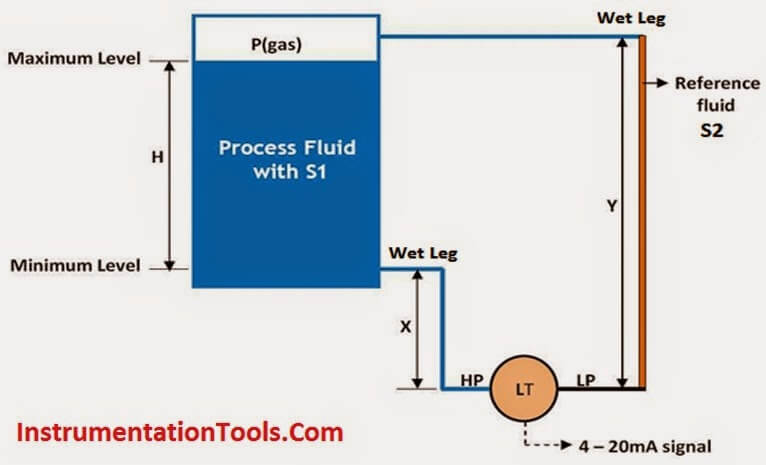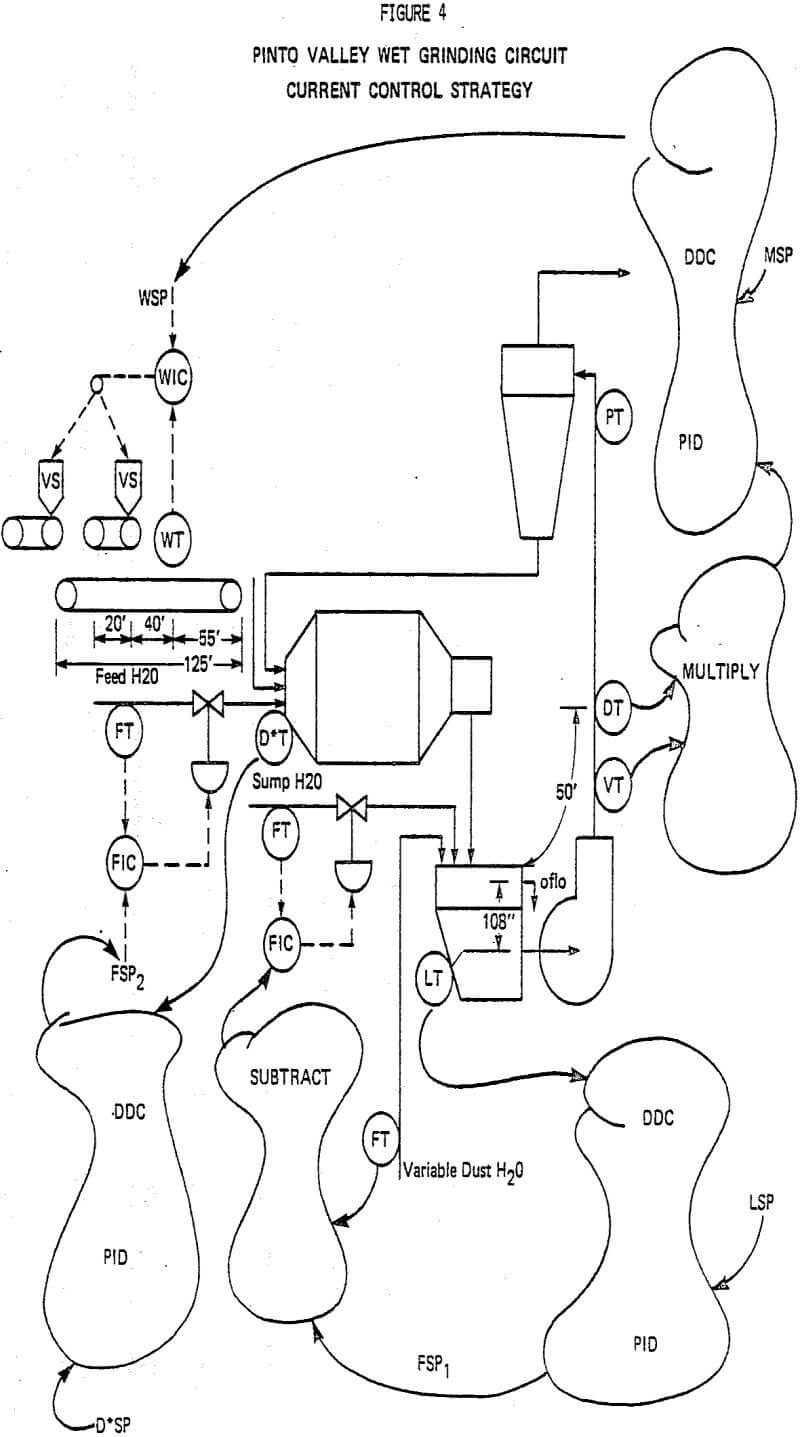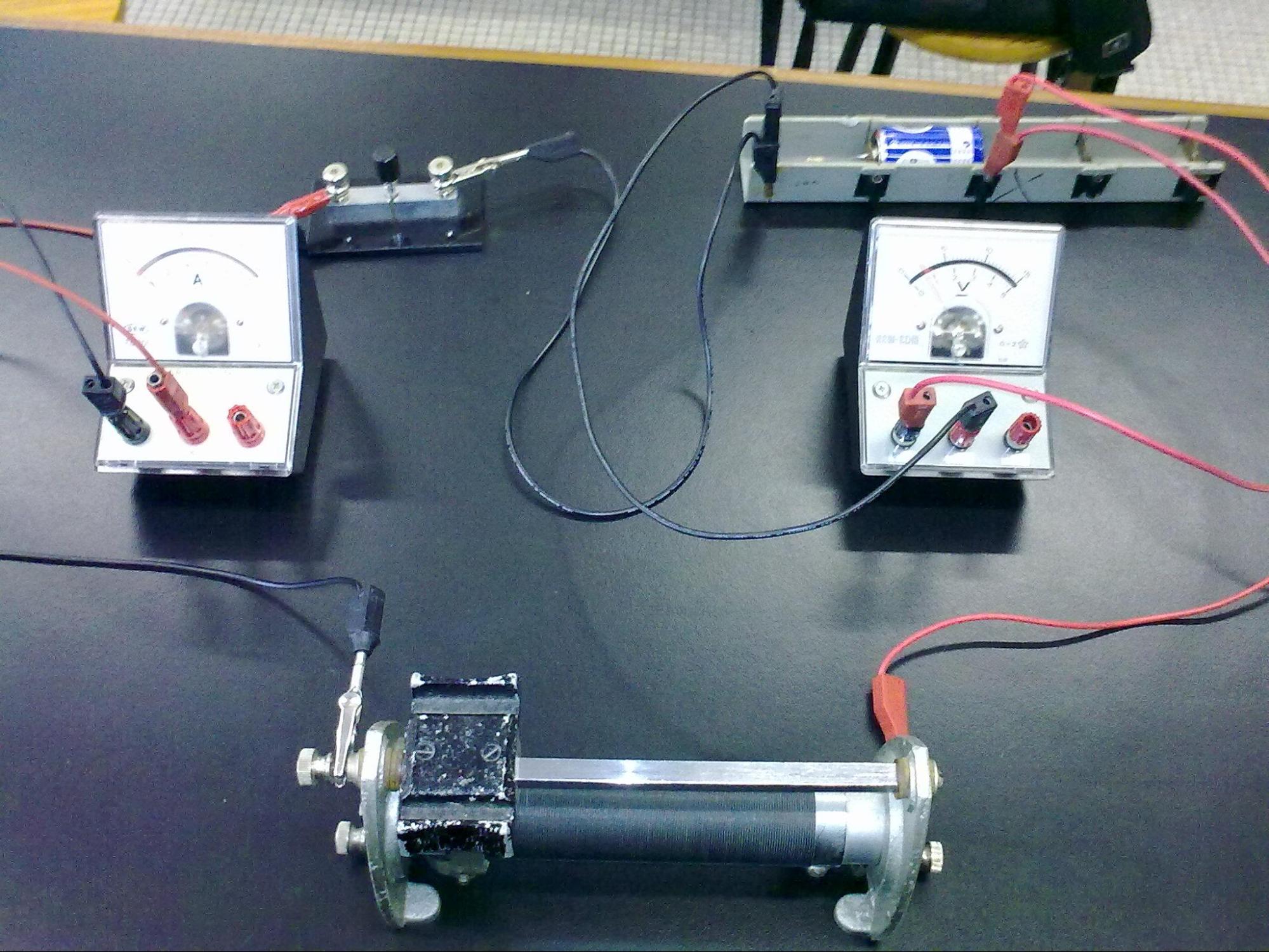

The integration of different modeling techniques such as CFD with discrete element simulation (DEM) and response surface methodology (RSM) with artificial neural networks (ANN) is included. New strategies for the modeling, design, and optimization of multiphase systems are also included, with a strong focus on the application of artificial intelligence (AI) and the combination of experimentation and modeling with response surface methodology (RSM).

Different scales of size and time are included, and therefore, the analysis includes modeling at the molecular level (molecular dynamic modeling) and unit operation level (e.g., computational fluid dynamic, CFD), and the application of optimization for the design of a plant. In this paper, the current trends in the process system engineering tasks of modeling, design, and optimization in multiphase systems, are analyzed. Multiphase systems are important in minerals processing, and usually include solid–solid and solid–fluid systems, such as in wet grinding, flotation, dewatering, and magnetic separation, among several other unit operations. This article reviews the historical development of linear circuit analysis, describes how the technique has evolved to address more complex circuit design problems, and presents industrial case studies that highlight the importance of this process engineering tool. More recently, advanced versions of this tool have also been developed to provide a standardized framework for circuit mass balance calculations, to output exact analytical solutions to mass yield and value-based efficiency expressions, and to estimate uncertainty propagation in separation circuits. Researchers have successfully utilized this tool to improve the operating performance of industrial processing circuits incorporating coal spirals, magnetic separators, mineral spirals, and eddy current separators. This technique, originally conceived and developed by Meloy, Williams, and Fuerstenau nearly four decades ago, provides fundamental insights regarding how unit operations interact and respond when arranged in multi-stage processing circuits. One of the most important processing engineering tools for designing mineral processing facilities is linear circuit analysis.

An industrial case study is provided to show the tremendous impact that this process engineering tool can have on the design of multistage spiral circuits in a heavy mineral wet plant. This article provides a basic review of the linear circuit analysis concept and discusses some of the key insights it provides for the layout of multistage circuits. This powerful tool makes it possible to mathematically compare the relative efficiency of circuit configurations in advance of experimental testing. One of the most important of these is linear circuit analysis. This shortcoming can often be attributed to a failure by engineers to make use of fundamental process engineering tools for circuit design. Unfortunately, field surveys suggest that many industrial operations are poorly configured in terms of equipment layout. Gravity separators such as spirals are commonly used in multistage cleaning and scavenging circuits to improve the quality and recovery of concentrates produced in the industrial minerals industry.


 0 kommentar(er)
0 kommentar(er)
